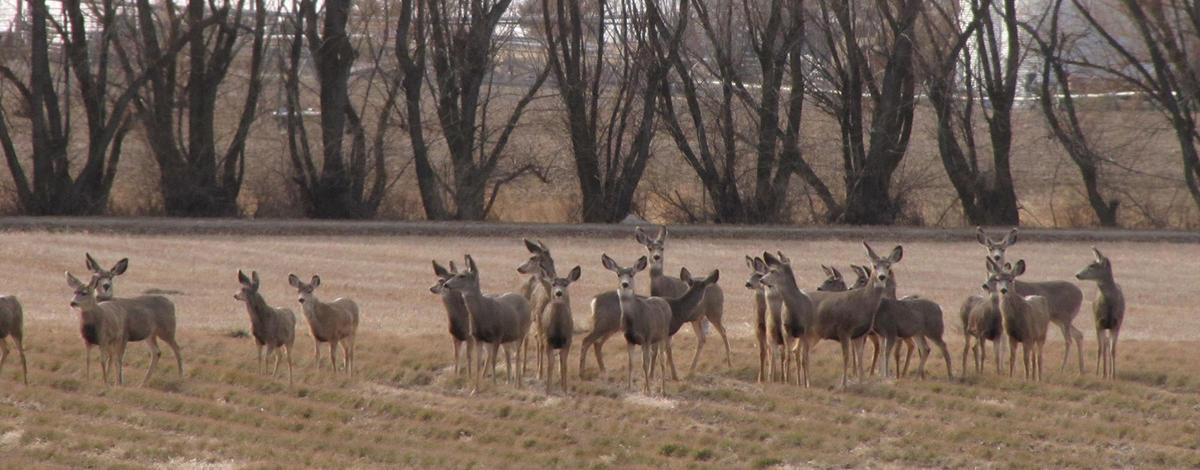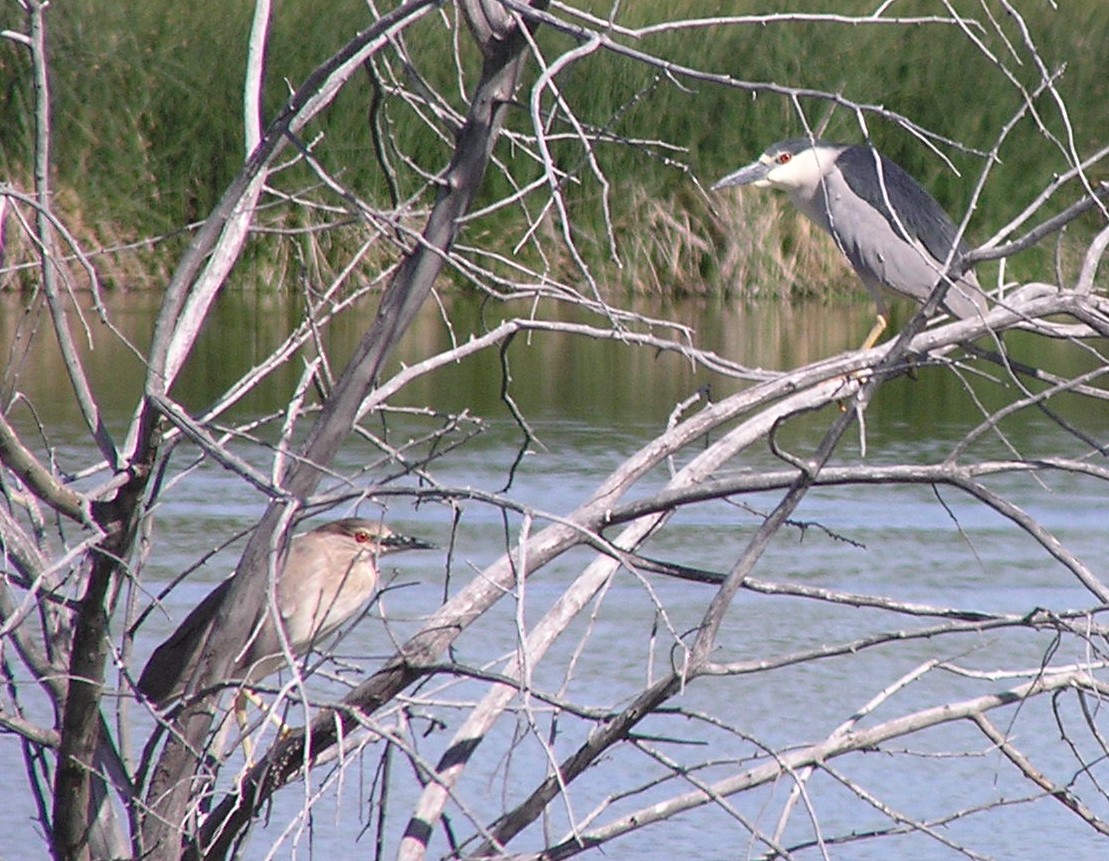The Sterling WMA rests in the middle of farm country. Its wetlands support breeding and migrating waterfowl; the uplands furnish habitat for pheasants and other wildlife. The habitat is also a draw for local hunters and outdoors enthusiasts.
Goals for the Sterling WMA property are to provide for waterfowl, ring-necked pheasant and other wildlife production, public hunting, and general wildlife appreciation. With American Falls Reservoir as the eastern border, the WMA provides access to the greatest variety of shorebirds in Idaho. American avocet, black-necked stilt, sandhill crane and sandpipers, are just a few. Other wildlife - mule deer, white-tailed deer, beaver, muskrat, amphibians, reptiles, owls, and hawks - use the WMA throughout the year.
Sterling WMA was started with a gift of 121 acres from the American Game Association. It has grown over the years using sportsman dollars to purchase adjacent property and land lease agreements with the Bureau of Reclamation.
Cooperative farming on the WMA is being used as a tool to provide habitat benefits. Farming agreements are written to provide food plots, dense nesting cover plantings and tree plantings in areas where Fish and Game does not have the ability or means to develop irrigation or plant and raise crops. Specific guidelines are incorporated into the agreements so that any practices used on the WMA are in the best interest of wildlife and habitat.


